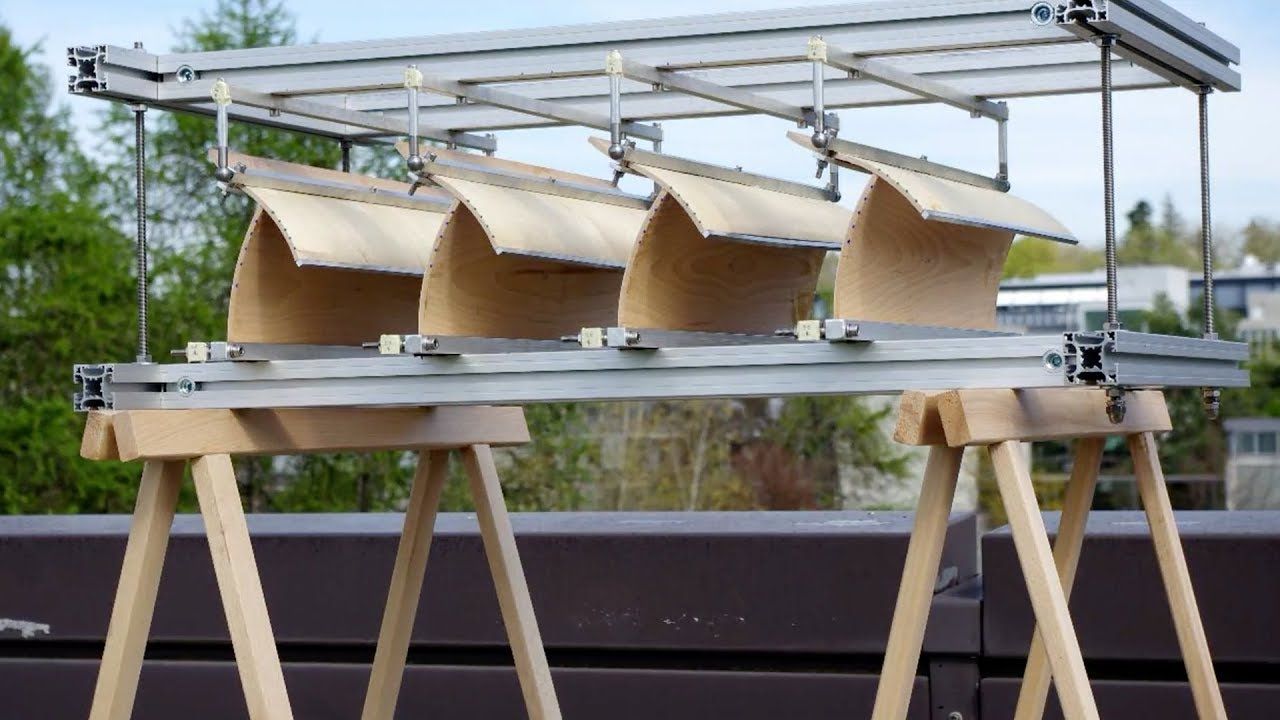An adjustable shading system that adapts itself independently over the course of the day, without sensors or motors and largely maintenance-free? It really is possible: an ETH doctoral student at the Institute for Building Materials has developed an alternative to motor-driven sunshades.
It gets hot in the city in summer, and buildings in direct sunlight get particularly warm. At night, it can then be difficult to get rid of that accumulated heat. These days, many people dream of efficient air conditioning. Chiara Vailati had a different dream: after completing her studies in Italy, the civil engineer pursued the idea of creating an adjustable and autonomous sunshade for houses, to reduce the amount of heat that enters a building and therefore the need for cooling. She had high requirements: “I wanted the system to be made of environmentally friendly materials, use very little energy and have low installation and maintenance costs,” remembers Vailati.
Vailati has since been able to realise her idea: during her doctoral project with Professor Ingo Burgert at ETH Zurich’s Institute for Building Materials, she designed an innovative shading system. Anyone who is now picturing a fully automatic high-tech shading with sensors, actuators and complex controls is a long way off the mark. Vailati’s prototype may be high-tech, but it is still refreshingly modest. The system uses shade-producing wooden planks and requires no sensors or motors – or even electricity. However, it does still change to suit to the weather conditions: the planks move autonomously. Multiple pairs of planks aligned in parallel create a kind of roof that opens and closes itself. The construction can be placed, for example, horizontally over a window on a building’s façade.
